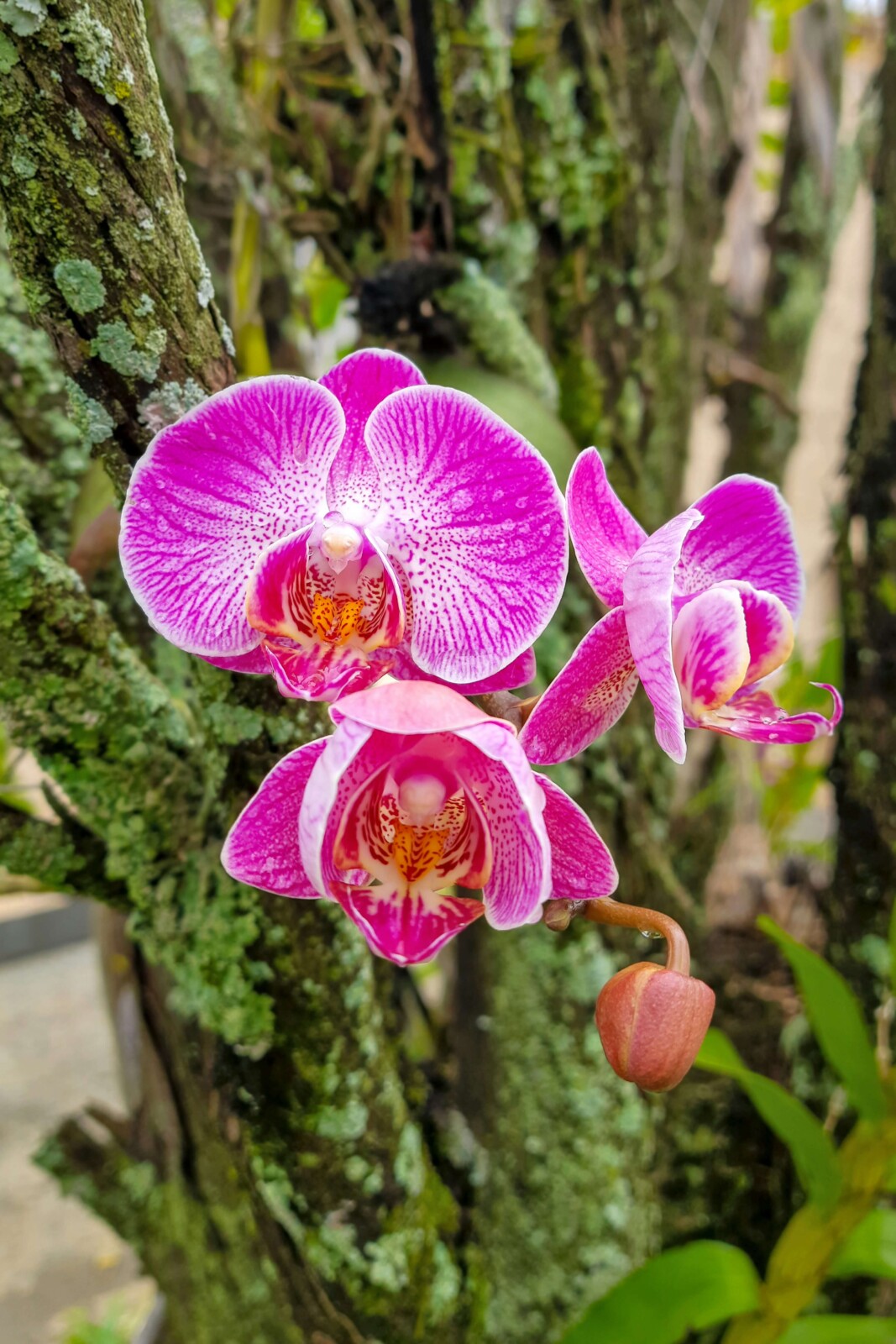ANR
-

’ve always considered hydrangeas a staple of southern landscapes, so I was delighted to discover one in the backyard last spring after Beloved Husband cleared a jungle of invasive, non-native privet. Free from the suffocating privet, the small bigleaf hydrangea (Hydrangea macrophylla) pushed out a few lovely, blue blooms. I pruned it a bit after…
Posted in: ANR -

Three years after its debut, the Georgia Green Landscape Stewards program is expanding throughout the state with the assistance of University of Georgia Cooperative Extension Master Gardener volunteers. Launched in 2021 by Camden County Agriculture and Natural Resources agent Jessica Warren and Martin Wunderly, area water agent for UGA Extension’s Northeast District, the program provides fact-based…
Posted in: ANR -

First, I filled a tub with orchid bark potting mix and water, allowing the bark to become saturated before adding it to the new pot. The chunky size of the bark allows for good drainage and plenty of air around the roots. Then I removed the orchid from the tiny container. The roots had spiraled…
Posted in: ANR -

I recently visited the State Botanical Gardens in Athens where orchids are featured throughout the tropical Main Conservatory inside the visitor’s center. With an estimated 28,000 species in more than 800 genera, orchids are believed to be the largest and most diverse family of flowering plants. Here are some more amazing facts about orchids. Orchids…
Posted in: ANR -

When I leave the house each morning, I hear the calls and songs of several bird species. This spring, we might hear another sound: the raspy song of male periodical cicadas trying to attract a mate throughout the daylight hours. Specifically, we’re expecting Brood XIX (Brood 19) of Magicicada tredecim, one of three broods of…
Posted in: ANR -

Trees, shrubs, vines, and ground cover plants provide resting places for birds as well as escape cover from predators. Native plants are a natural choice for resident and migratory birds. Flowering native plants, such as serviceberry and redbud trees, smooth sumac and wax myrtle shrubs, Virginia creeper and passionflower vines, and herbaceous flowers like asters,…
Posted in: ANR -

Drilled wells are deeper (100-400 feet) and less prone to contamination than bored wells, which tend to be shallow (10-30 feet deep). The deeper wells draw from the aquifer, which provides natural filtration for water, whereas shallow wells rely on surface water. Older wells (more than 20 years) are also at higher risk of contamination.…
Posted in: ANR -

As Americans are wont to offer a bowl of chicken soup for relief from colds and flu, Brits are known to offer a cup of tea to counter stress. Research from the University of Georgia now suggests drinking tea may be effective in preventing infection with COVID-19. When the COVID-19 pandemic began, UGA Center for…
Posted in: ANR -

March Madness is winding down for college basketball championships, NHL teams are qualifying for the Stanley Cup playoffs, and the baseball season is just starting up. It’s fun to cheer for our favorite sports champions, but have you ever thought about the trees that make sports possible? Maples provide hardwood flooring for basketball courts. Maple…
Posted in: ANR -

I’m feeling rather smug. It’s been four weeks since our most recent effort to keep squirrels from nesting in our gutters, and we still haven’t heard them skittering across the roof. Gray squirrels (Sciurus carolinensis) are the most common squirrel species in Georgia. Although they’re forest creatures that utilize tree canopies as transportation corridors, squirrels…
Posted in: ANR